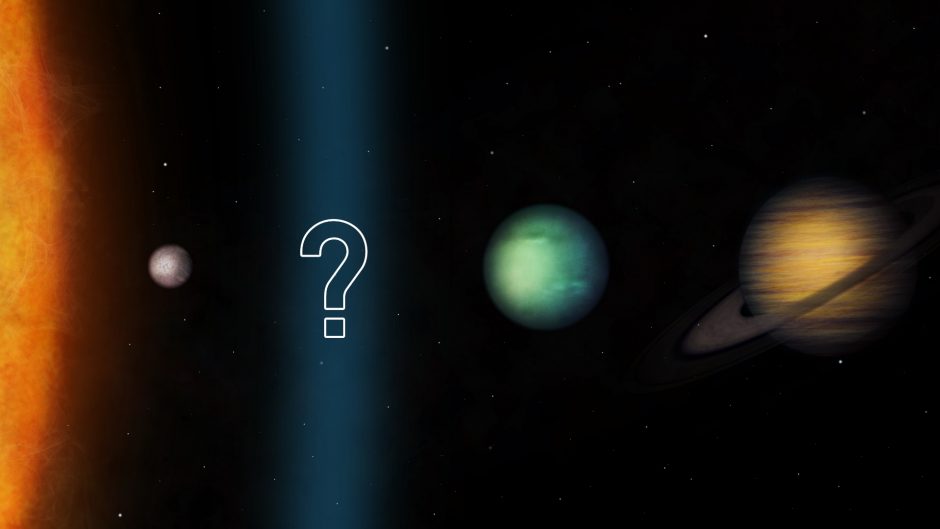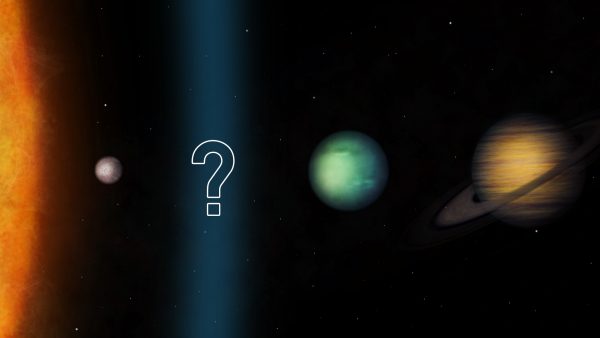Where to find the next Earth

A team from the University of Bern and the National Centre of Competence in Research (NCCR) PlanetS has developed a machine learning model that predicts potential planetary systems with Earth-like planets. The model could significantly accelerate and thus revolutionize the future search for habitable planets in the universe.
The search for Earth-like exoplanets – planets orbiting stars other than our Sun – is a central topic in today’s planetary research, because extraterrestrial life is most likely to be found there. Researchers at the University of Bern have now developed an innovative machine learning model that identifies planetary systems that could potentially harbor Earth-like planets.
The entire team behind the findings is, or was at the time of the study, affiliated to the University of Bern and a member of the NCCR PlanetS. The first author, Dr. Jeanne Davoult, who is now a postdoctoral researcher at DLR (Deutsches Zentrum für Luft- und Raumfahrt) in Berlin, studies exoplanet populations and developed the model as part of her doctoral thesis at the Space Research and Planetary Sciences Division (WP) of the Physics Institute of the University of Bern. Prof. Dr. Yann Alibert, co-director of the Centre for Space and Habitability (CSH), and Romain Eltschinger, also a PhD student at the CSH, made significant contributions to the study, which has just been published in the journal Astronomy & Astrophysics.

Artificial intelligence enables scientists to predict missing Earth-like planets in the habitable zone of their host stars. The blue zone on the illustration represents the habitable zone around the star, where the temperatures allow liquid water on the surface of an Earth-like planet.
© University of Bern, Illustration: Thibaut Roger
Training with data from the renowned Bern Model
A machine learning model is a statistical tool that is trained with data to recognize certain types of patterns and make predictions. Jeanne Davoult explains: “Our model is based on an algorithm that I developed and that was trained to recognize and classify planetary systems that harbor Earth-like planets.” The model builds on previous studies to infer a correlation between the presence or absence of an Earth-like planet and the properties of its system.
The algorithm was trained and tested with data from the so-called “Bern Model of Planet Formation and Evolution”. “The Bern Model can be used to make statements about how planets were formed, how they have evolved, and which types of planets develop under certain conditions in a protoplanetary disc,” explains co-author Yann Alibert. Since 2003, the Bern Model has been continuously developed at the University of Bern (see also the infobox below). “The Bern Model is one of the only models worldwide that offers such a wealth of interrelated physical processes and enables a study like the current one to be carried out,” Alibert continues.
99% accuracy of the new model
The algorithm of the new machine learning model was trained and tested using data on synthetic planetary systems from the Bern Model. “The results are impressive: the algorithm achieves precision values of up to 0.99, which means that 99% of the systems identified by the machine learning model have at least one Earth-like planet,” says Davoult.
The model was then applied to actually observed planetary systems. “The model identified 44 systems that are highly likely to harbor undetected Earth-like planets. A further study confirmed the theoretical possibility for these systems to host an Earth-like planet”, Davoult explains.
More efficient search for habitable planets
As part of his master’s thesis, the co-author of the study Romain Eltschinger contributed to the further development of the machine learning model, allowing it to be used in an even wider range of scenarios. He says: “These results are important for the scientific community, and particularly for future space missions such as PLATO or future mission concepts like LIFE, which will be dedicated to the discovery and characterization of small, cold planets.”
The use of this machine learning model to search more specifically for Earth-like planets could minimize search times and maximize the number of discoveries. “This is a significant step in the search for planets with conditions favourable to life and, ultimately, for the search of life in the universe,” concludes Alibert.
Publication details:
Earth-like planets Predictor: A Machine Learning Approach. By Jeanne Davoult, Romain Eltschinger, and Yann Alibert, In: Astronomy & Astrophysics
https://www.aanda.org/10.1051/0004-6361/202452434
DOI: 10.1051/0004-6361/202452434

